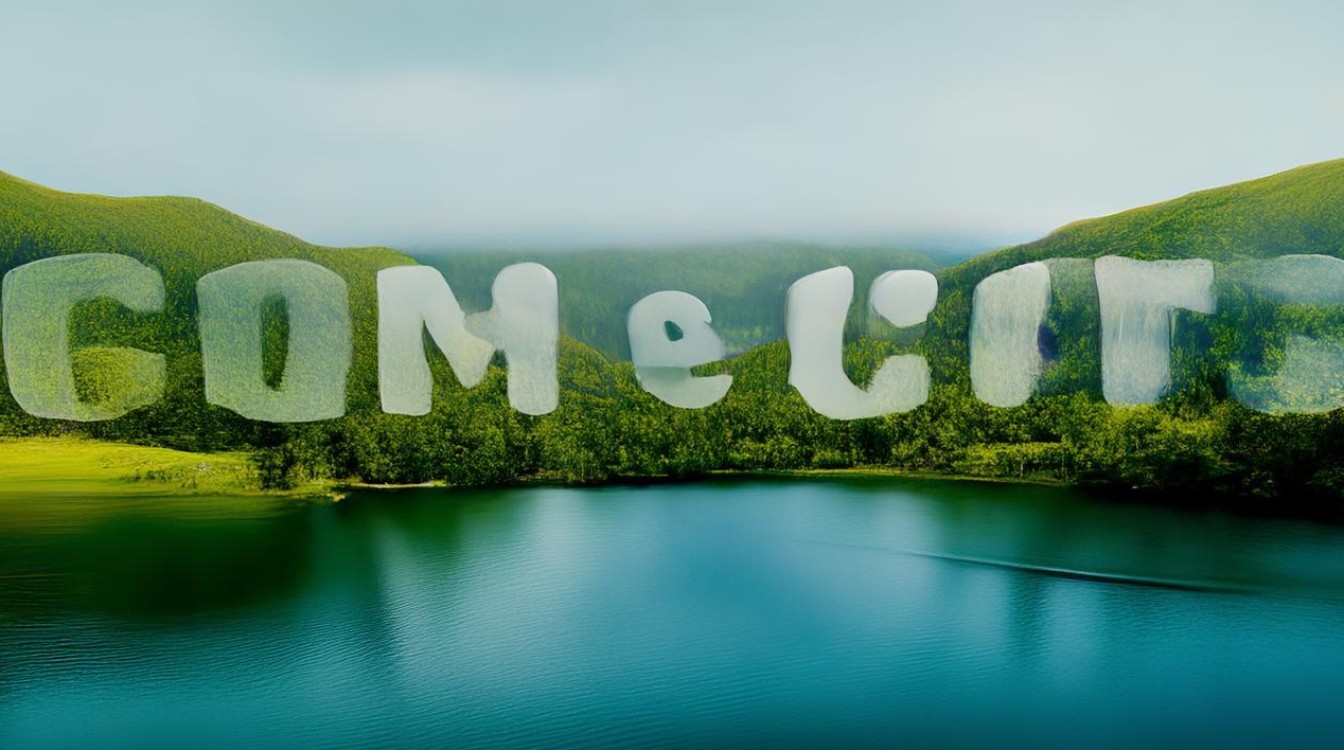The Spring Festival, or Chinese New Year, is more than just a holiday—it's a cultural tapestry woven with traditions, warmth, and renewal. As a high school student, I’ve witnessed how this celebration evolves yet remains rooted in values that connect generations. Here’s my reflection on what makes it extraordinary.

The Anticipation: Preparing for the Festival
Weeks before the Lunar New Year, excitement fills the air. My family starts with a thorough house cleaning, symbolizing the sweeping away of misfortune. Every corner is scrubbed, and old items are replaced—a physical and metaphorical fresh start.
Shopping for decorations is my favorite part. Red lanterns, paper cuttings of "福" (fortune), and couplets with auspicious phrases adorn our home. My grandmother insists on handwritten calligraphy for the door, a fading art she proudly preserves. The vibrant red and gold hues aren’t just colors; they’re shields against negativity, a belief passed down for centuries.
Reunion: The Heart of the Celebration
On New Year’s Eve, the reunion dinner is sacred. Relatives from distant cities gather around a table overflowing with dishes. Each item carries meaning: fish for abundance, dumplings for wealth, and glutinous rice cakes for progress. My grandfather always reminds us, "Food is secondary; it’s the company that matters."

After dinner, we stay up late, chatting and watching the Spring Festival Gala. At midnight, fireworks explode across the sky—a collective roar of joy. My younger cousins clutch red envelopes, their eyes sparkling. The tradition of "压岁钱" (lucky money) isn’t about the amount; it’s a gesture of love and protection from elders.
Rituals and Modern Twists
The first day of the new year is reserved for ancestral worship. We light incense and offer food, honoring those who came before us. My parents say it’s about gratitude, a reminder that we stand on the shoulders of giants.
Yet, the festival isn’t frozen in time. Digital red envelopes via WeChat have become a trend. My friends and I compete in group chats to snatch the fastest clicks. Even my tech-savvy grandma joins in, laughing at her own slow reflexes. The blend of old and new keeps traditions alive.

A Global Perspective
Studying English has opened my eyes to how the Spring Festival resonates worldwide. Cities like London and New York host parades with dragon dances, attracting curious onlookers. My foreign pen pal, Sarah, once asked, "Why is family so central to your New Year?" I explained that in a fast-paced world, this is our anchor—a time to pause and reconnect.
Personal Growth and Reflection
As I grow older, the festival feels different. I used to care only about the holidays from school and the treats. Now, I see the effort behind each ritual—the hours my mom spends cooking, the way my dad meticulously arranges the altar. Responsibility shifts; I help with chores and teach my cousins simple English greetings to impress relatives.
This year, I volunteered at a community center, writing Spring Festival couplets for elderly neighbors. Their wrinkled hands clutching my amateur calligraphy reminded me that traditions thrive when shared.

The Quiet Moments
Amid the noise, there’s serenity. Early on the second morning, I slip outside to watch the sunrise. The streets, littered with red firecracker scraps, are silent for the first time in days. I think about resolutions—not just academic goals, but promises to be kinder, to listen more. The Spring Festival isn’t just a marker of time; it’s a mirror reflecting who I’ve become and who I hope to be.
Some say traditions fade with modernity, but I disagree. The essence of the Spring Festival—family, hope, and renewal—is timeless. Whether through a handwritten couplet or a digital greeting, the spirit endures. As I return to school after the holidays, I carry this thought: culture isn’t preserved in museums; it lives in the choices we make every day.

